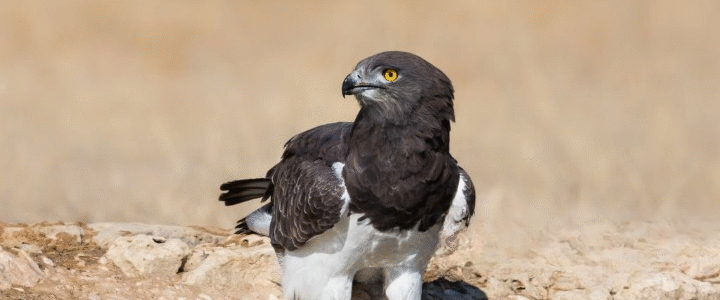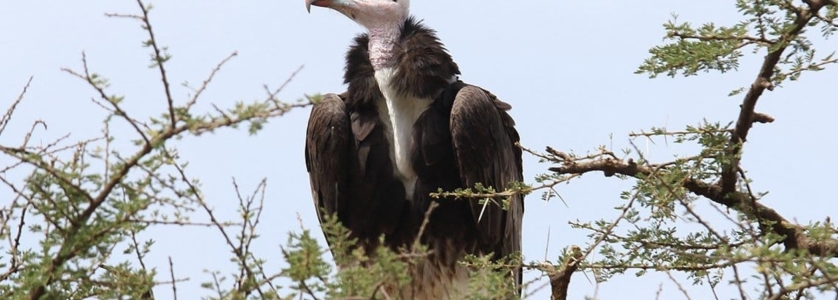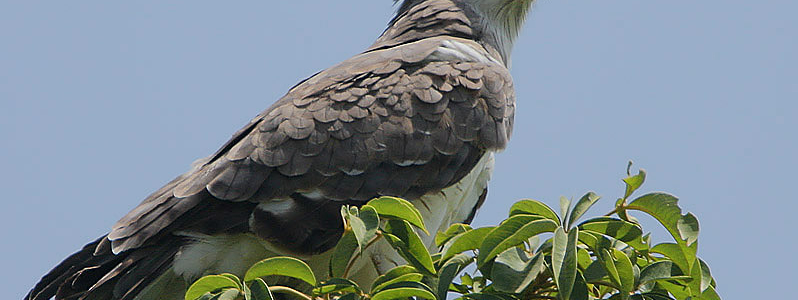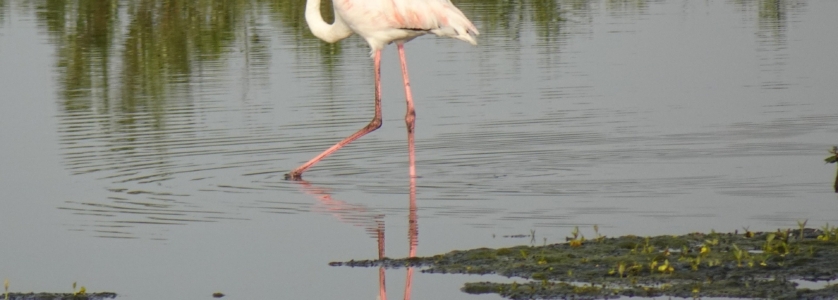

Scientifically the Madagascar Pond heron is referred to as the Ardeola idae belonging to the Ardeidae or heron family. The bird is also sometimes called the Malagasy pond heron mainly inhabiting different areas of Madagascar, the Seychelles Islands along with the East African coast including Uganda, Kenya and Tanzania.
However this bird species is native and mainly originates from Madagascar, it has an estimated population ranging between 2,000 to 6,000 birds. This heron was first described by a German ornithologist and physician Gustav Hartlaub in 1860 basing on his first sighting on the East coast of Madagascar.
It is one of the rare species spotted during Uganda birding safaris and on Africa birding tours.
Physical description of the Madagascar Pond heron
Madagascar heron is a medium sized water bird having a height of about 5 centimeters tall and the weight measuring between 250 to 350 grams. Both male and female species are characterized with similar sexes with no large variation in weight.
The non breeding bird species do comprise of a mixed buff with black crown and the posterior having brown prominent body parts.
This bird species features a predominantly sharp green and black tipped bill along with a yellowish Iris. It has an elongated with loosely structured upper scapulars and lower mantle feathers. Madagascar pond heron is also characterized with the lower fore neck feathers which are split into elongated tips covering the upper breast.
The breeding bird species is comprised with a snow white coloured body and a deep azure blue sharp bill although an intermediate layer of feathers appears on the back of the species along with the dense prumes resulting around the breast and neck while the Juvenile Malagasy Pond heron do have a pale greenish eyes and a dull Orange-like bill
The behaviour of Madagascar Pond heron
Malagasy Pond heron is a migratory bird species which migrates throughout the year from Madagascar in May to the Eastern part of Africa and flies back in the month of October to its breeding range.
The bird is solitary and very territorial with less or limited communications with other bird species hence maintaining a total distance of about 10 meters apart while in flight and nesting.
This bird nests along the coastal areas while walking slowly in search for food which is performed better away from the nests inland and it always stays and keep a distance from its fellow members and will only come close to other Malagasy Pond heron during roosting period within the nests.
The bird species mainly comprises of two different calls that include a burr and flight calls which are often difficult to distinguish. When the heron approach its nesting area, it releases the burr call hence while in flight it produces a 5 seconds interval sound which the call acts as an alert of keeping distance from other various bird species in flight.
Distribution and habitat of the Madagascar Pond heron
The bird is widely spread with a big range throughout East Africa which is mainly observed on birding tours in Uganda, Kenya, Rwanda, Tanzania and Zambia. Magalasy Pond heron also inhabits different areas of the Seychelles to Madagascar hence found dwelling in wetlands around Ampijora, Berenty, Tsimbazaza park and at lake Alarobia.
The bird species mainly occupies and inhabits a wide range of various habitats in Madagascar that do include lakes, streams, rice fields along with grassy marshes and mangroves with lagoons.
Within the feeding process, the bird mainly feeds on fish, small invertebrates and insects. It stands still in a motionless state while awaiting to ambush its prey with its sharp pointed bill. Madagascar pond heron also sometimes eat small reptiles that include geckos and skink although it also feeds on dragonflies, grasshoppers along with beetles.
Breeding and reproduction process of Madagascar Pond heron
During the breeding season which usually starts in the month of October and extending through March , the Madagascar pond heron bird species normally breeds in colonies which leads to the occurrence of large flocks ranging between 50 to 10 individuals for mating at a particular location.
Here the breeding nest is constructed by both adult male and female species up high in trees, reedbeds, marshes, ponds and bushes 1 to 4 meters above the ground which is hard to be accessed by different predators such as the crocodiles and snakes that usually disturb the bird species.
The breeding adult female lays a maximum of about 2 eggs after an appropriate courtship displays of raising crest and aerial chases has occurred. Incubation of the clutch is done by both parents lasting for a period of about 21 to 25 days. After hatching, the chicks are characterized with a greenish down which is seen and observed at about two weeks hence leaving the nest for their first time.
Spot this bird species while on Africa birding safaris to be amazed!
More posts for you

Over 50 excellent reviews on Safaribookings.
 >
> 




